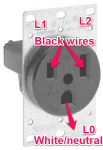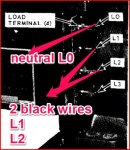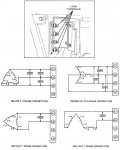alphamale
New member
- 9
- 0
- 0
- Location
- mocksville, nc
Pre Purchase MEP 701a questions
(Corrected model in title)
Hello
I have been reading and shopping for a few weeks. There is a generator owned by a guy that is actively answering my questions and out of this has arisen two worry points I am looking for input on:
1. Small occasional oil drip from within the oil drain tube.
2. Wet spot near where the gen meets engine
I am not a mechanic but I can ...sometimes...handle small things with my small engines.
The generator would be used for emergency back up of a few items like refrigerator and a cpap and an oxygen concentrator and a light. I don't want to buy trouble, that's why I have not got one from a store.
I think it operates perfectly otherwise. Rebuild material must be hard to find. I looked and found lots of websites that offer you a quote but I bet they have no inventory if you do ask.
Any advice or insight would be appreciated. Thank you.
(Corrected model in title)
Hello
I have been reading and shopping for a few weeks. There is a generator owned by a guy that is actively answering my questions and out of this has arisen two worry points I am looking for input on:
1. Small occasional oil drip from within the oil drain tube.
2. Wet spot near where the gen meets engine
I am not a mechanic but I can ...sometimes...handle small things with my small engines.
The generator would be used for emergency back up of a few items like refrigerator and a cpap and an oxygen concentrator and a light. I don't want to buy trouble, that's why I have not got one from a store.
I think it operates perfectly otherwise. Rebuild material must be hard to find. I looked and found lots of websites that offer you a quote but I bet they have no inventory if you do ask.
Any advice or insight would be appreciated. Thank you.
Last edited:





